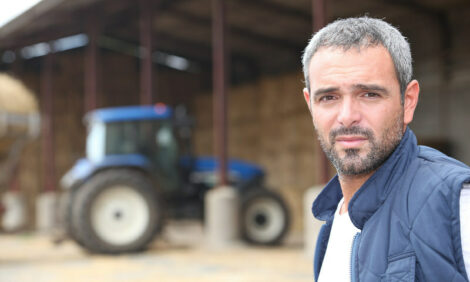



Research Shows Management Style Impacts Breeding Sow Performance
CANADA - Farm-Scape: Episode 1414. Farm-Scape is a Wonderworks Canada production and is distributed courtesy of Manitoba Pork Council and Sask Pork.  Farm-Scape is sponsored by
Manitoba Pork Council and Sask Pork  Play Audio Play AudioFarm-Scape is a Wonderworks Canada production and is distributed courtesy of Manitoba Pork Council and Sask Pork. |
Farm-Scape, Episode 1414
Research conducted at the Prairie Swine Centre in Saskatoon shows management style within group housing systems can dramatically impact the performance of the breeding herd.
The Prairie Swine Center is in the midst of separate projects which are looking the performance of sows housed in stalls and at the performance of sows housed in groups using electronic feeding.
Dr. Harold Gonyou says, within the group system, scientists are evaluating management systems which are based on two distinctly different styles.
"We actually have four ways of managing the sows in that system.
One of them is performing very well, better than our stall system, two of them are not performing as well as the stall system and the fourth one is about the same as the stalls.
We see that, how we manage within the electronic sow feeding system is also going to affect the productivity of the sows.
The one that seems to have the greatest effect is when the animals go into the group housing in relation to when they have been bred.
We move some animals in about five days after breeding and this is before the implantation of the embryos so the embryos are still pretty well floating within the uterus at that point.
We have some that we delay moving into the group housing for about six weeks and, by that time the embryos have implanted, and the pregnancy is very firm at that point.
We see those that those we hold back for six weeks, keeping in stalls during that time, their farrowing rate is much higher.
We're getting our best performance, overall, with animals that we hold back until after implantation has occurred."
Dr. Gonyou says the group housed sows have now been evaluated through three parities, or three breeding cycles.
He says the project is scheduled to continue through six parities, or about three years of the animal's life.
For Farmscape.Ca, I'm Bruce Cochrane.








